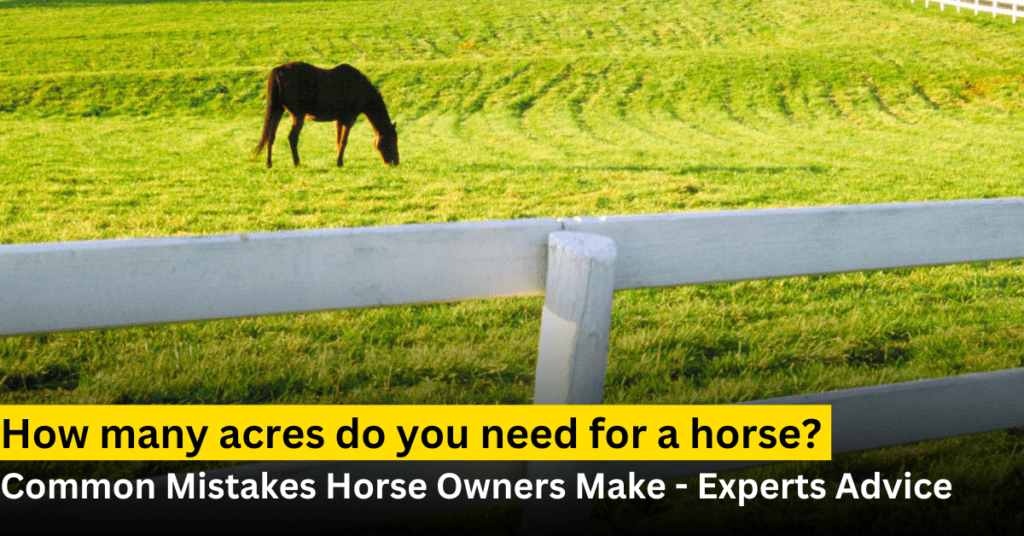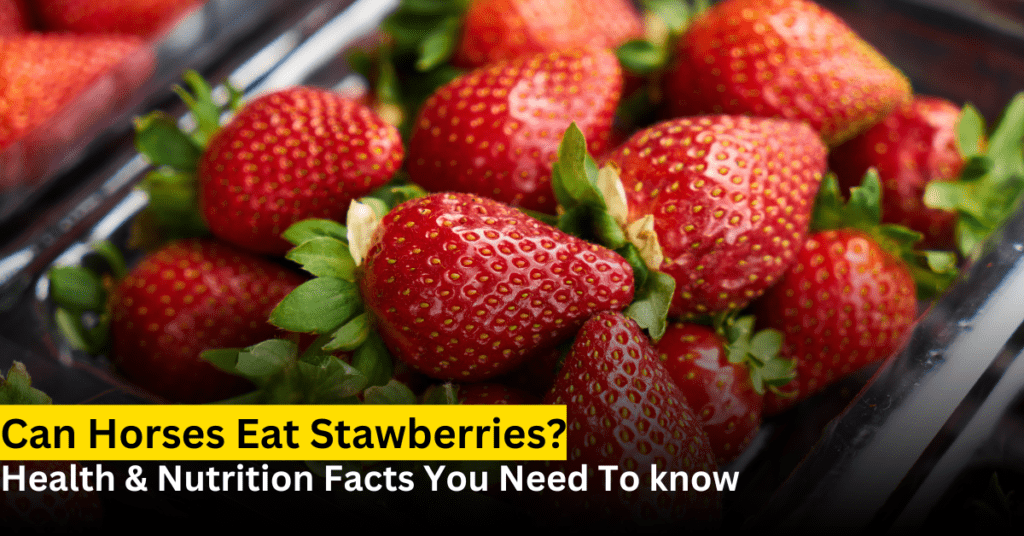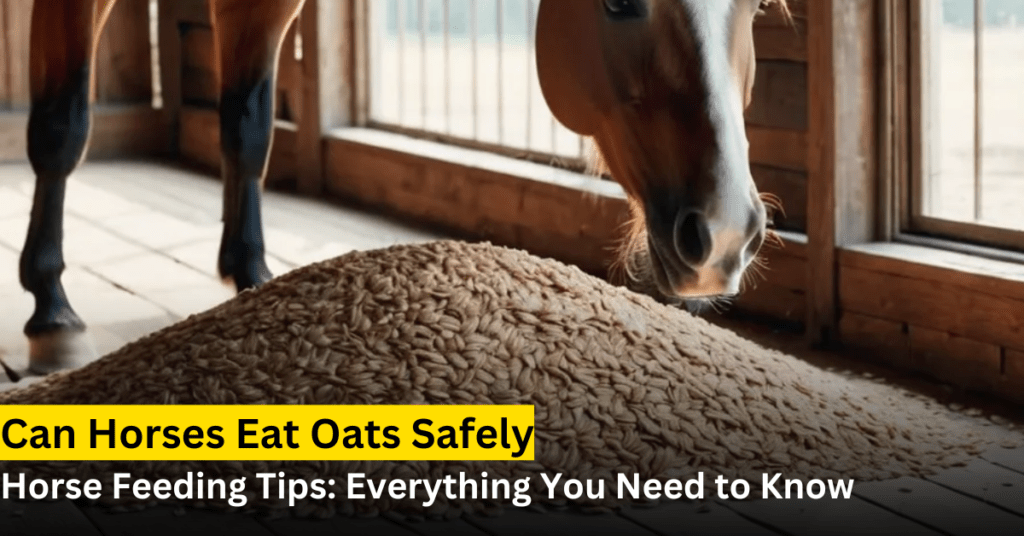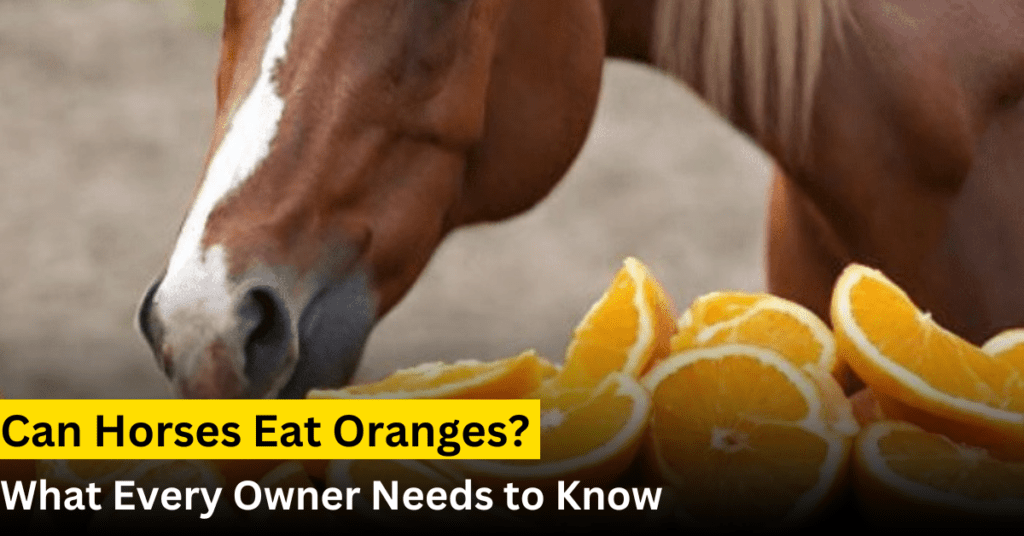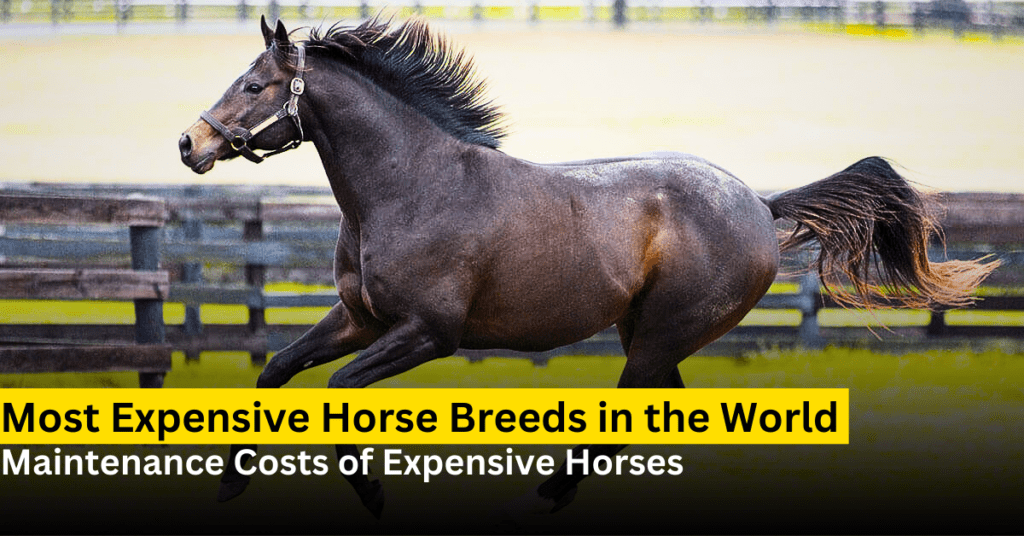When you think about caring for horses, one of the most important things to consider is how many acres do you need for a horse. Horses need space to roam, graze, and exercise. Without enough land, horses can develop health problems, and their pasture can become unhealthy. In this guide, we will explain how many acres a horse needs, why it matters, and how you can manage your land for both horse health and sustainability.
Why Is Land Important for Horses?
Just like any other animal, horses need space to live healthy lives. The right amount of land allows them to graze, which is important for their diet. Horses also need room to move around, exercise, and socialize with other horses. Without enough space, they may get stressed or bored, leading to behavior problems and health issues.
Having enough land also benefits the pasture. Healthy grass and soil can provide your horse with the food they need. If the land is not properly maintained, however, overgrazing can occur, which can harm both the pasture and your horse’s health. Proper land care can also make sure that you are being responsible for the environment by maintaining healthy ecosystems.
How Many Acres Do You Need For Horse?
A common question many horse owners ask is, “How much land do I need for my horse?” The answer depends on several factors, such as the type of horse, the climate, and the condition of the land. However, there are some general guidelines to follow:
| Horse Type | Acres of Land Needed |
| Small Horse/Pony | 1 to 1.5 acres |
| Average Horse | 1.5 to 2 acres |
| Large Horse/Draft | 2 to 3 acres |
The size and breed of your horse play a big role in how much land they need. Small ponies require less space, while large draft horses or working horses need more land to support their activity levels and grazing needs.
Factors That Affect How Much Land You Need
Several factors influence how much land is ideal for your horse. Let’s dive into some of the most important ones.
- Soil Quality
The quality of your soil impacts how much grass it can grow. If you have healthy, rich soil, it can support more grass, meaning you may not need as much land. On the other hand, poor soil may require more space to support your horse’s grazing needs. - Horse Activity
Horses that are very active, such as those that work or train regularly, need more space. These horses need room to exercise and graze. Horses that are less active or mainly used for light riding or leisure may need less land. - Climate and Weather
The climate in your area will affect how much grass grows on your land. In areas with a lot of rainfall, the grass may grow faster, meaning you might need less land. In dry or arid areas, you may need more land to ensure your horse has enough food, especially during drier months. - Terrain
The land’s terrain also plays a role. Flat land is typically better for grazing than hilly or rocky terrain, which can limit your horse’s ability to graze effectively. If your land is uneven or hilly, you may need more space to make up for this limitation.
How to Take Care of the Land for Horses
Managing the land well is just as important as taking care of your horse. If the pasture is not managed properly, it can quickly become overgrazed, and the grass may not have time to grow back. Here are some simple ways to manage your land to ensure it remains healthy.
Rotational Grazing
Rotational grazing involves dividing your pasture into different sections and moving your horse from one section to another. This gives the grass time to recover in the areas that have been grazed. By rotating grazing areas, you can prevent overgrazing, which helps keep your land healthy.
Soil Care
Fertilizing the soil, aerating it, and reseeding the grass are all important ways to keep the soil rich and healthy. Healthy soil supports healthy grass, which is essential for your horse’s nutrition. Soil care should be done at least once a year, preferably in the spring or fall.
Water Supply
Horses need fresh, clean water daily. Make sure that your pasture has easy access to water, especially during hot weather. Water is also important for maintaining the health of your grass and other plants in the pasture. Make sure your water sources are clean and free of debris to avoid contamination.
Signs You Might Not Have Enough Land
If your pasture is too small or not properly cared for, it can affect your horse’s health. Here are some signs that your horse might not have enough land:
- Overgrazing: Overgrazing occurs when your horse eats too much of the grass, leaving the ground bare. Without enough grass, your horse will not get the nutrition they need.
- Poor Grass Quality: If your pasture doesn’t have enough grass or the grass is of poor quality, your horse may not have enough food to eat. Poor grass quality can also lead to soil degradation.
- Horses Are Crowded: If your horses are constantly too close to one another, they may not get enough space to move around and graze. Crowding can lead to stress and health issues for both the horses and the land.
How to Know If Your Land Is Healthy Enough for Your Horse
It’s important to check your pasture regularly to make sure it’s healthy. Healthy land should have good grass, no bare spots, and rich soil. Here’s how to know if your land is ready for your horse:
| Indicator | What It Means |
| Healthy Grass | Your horse has enough food to graze and stay healthy. |
| No Bare Spots | The grass should cover most of the land. |
| Good Soil | Soil should be rich and not too dry or wet. |
If you notice any of the following issues, it might be time to improve the health of your land:
- Too many bare spots where grass has been eaten away.
- Thin or patchy grass, which may not be enough to feed your horse.
- Soil erosion or soil that looks dry and cracked.
Common Mistakes Horse Owners Make
Sometimes, even experienced horse owners make mistakes when managing their land. Here are some of the most common mistakes:
- Not Having Enough Space: One of the biggest mistakes is underestimating how much land a horse needs. Without enough space, the pasture becomes overgrazed, and the horse may not get enough food.
- Ignoring the Weather: Failing to account for changing weather patterns can lead to problems. For example, in winter, the grass might stop growing, so you might need to feed your horse hay during these months.
- Not Rotating Pastures: If you don’t rotate pastures, the grass in one area can quickly be eaten down, leading to poor pasture health.
Conclusion
Giving your horse enough land is one of the most important things you can do for their health. When your horse has enough space to graze, exercise, and move around, they are healthier and happier. By managing the land properly, you ensure that your horse has enough food and that the pasture stays healthy for years to come.
Bonus Tips for Horse Land Management
- Always monitor the condition of your pasture to make sure it’s healthy.
- Use rotational grazing to allow the grass to recover.
- Keep an eye on the weather and adjust your grazing schedule as needed.
- Make sure your horse always has access to clean water.
With proper land management, your horse can thrive, and your pasture can remain sustainable. Remember, healthy land equals a healthy horse!

